How not having a mobile friendly site hurts your business
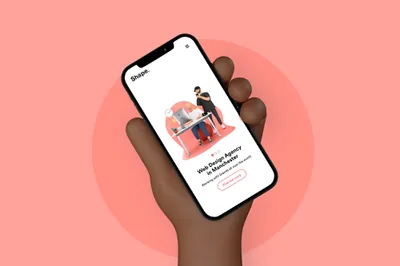

For many years now mobile browsing has become essential and in some cases an obsession. Mobile browsing surpassed desktop back in 2015 and is continuing to increase in usage. It’s hard to imagine a life without a mobile phone now and how easy it is to use and browse the things you want and need. That’s why it’s so important from a web design and developers point of view that all websites are mobile friendly and responsive (meaning it responds and changes to fit the screen of a tablet/mobile).
It’s crazy to think that when I was in high school all my mobile phone could do was text and call. It’s hard to imagine a life without my phone. I use it for so many things like social media and online shopping. It’s so much easier to grab my phone out of my pocket, rather than go into the office, turn on my PC and open a browser tab. That time I saved, coupled with the ease of use makes all the difference in the decision to use my phone.
Mobile browsing is also great when it comes to commuting to and from work, or if you’re out and about. When you’re sat on a train or subway it is easy to pass the time by scrolling through your phone or chatting with your friends and family. The release of dopamine, which is a different topic entirely, will also play a large part in why you’ll see 90% of your trains' fellow commuters sat with their heads pointing down, looking at a screen. 56% of web traffic now comes via mobile devices. In 2020 the average user spent 4 hours and 20 minutes a day on their mobile phone. That is a quarter of their waking time, that could be utilised to attract and gain customers and revenue. It would hurt your business not to take advantage of this great opportunity.
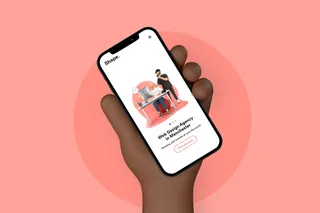
If your site is non-mobile friendly then it’s going to be very difficult for users to navigate, browse and click-through links. They’ll have to scale and swipe just to locate and click what they want to click, and will become annoyed and frustrated because of the extra effort they have to put in. Some might even take one look at the non-responsive site and leave straight away to go to someone else’s responsive and faster site. Losing you potential customers and business. When the average user spends most of his or her time on responsive, intuitive sites, they will naturally feel a bit shell shocked with the difference of more bare-bones, unoptimized sites. Check if your site is mobile friendly.
Another reason not having a mobile friendly site hurts your business is through social media. On average we spend 2 hours and 24 minutes per day on social media and it increases each year. That’s a lot of time where a new customer can be sharing your business or products, or view your business profile linking to your site. It would be a missed opportunity to ignore these potential customers. It has long been proven now, that word of mouth is an extremely powerful marketing tool.
As mentioned before, people are spending more time on their phone, including mobile shopping. During 2020 we saw a massive increase in online shopping and sales because people couldn’t shop in store. Also, mobile shopping can be quite impulsive, your business could be missing out on purchases because it’s not mobile friendly. With ‘Apple Pay’ and ‘Google Smart Lock’, customers can make purchases within seconds of viewing the product. This streamlined shopping experience, right until the customer hits ‘Buy Now’, has made online, mobile shopping an extremely casual affair
Another factor to be aware of is SEO. Google includes mobile data into its ranking. It will index your mobile site first, and base your website’s search ranking on that. Which means that your user’s experience on your site on a mobile device is just as or more important than your desktop ranking.
Aodhan Cullen, chief executive of StatCounter, said: “This should be a wake up call especially for small businesses, sole traders and professionals to make sure that their websites are mobile friendly. Many older websites are not. Mobile compatibility is increasingly important not just because of growing traffic but because Google favours mobile-friendly websites for its mobile search results.”
So even if you have the most optimised site on desktop, if it isn’t mobile friendly then Google will lower your ranking. So keep in mind that not only does a non-responsive site hurt your user experience but also your SEO.
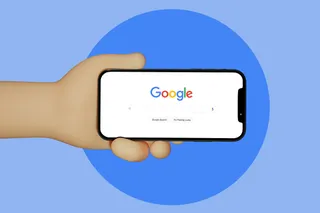
Google favours mobile-friendly websites for its mobile search results
Responsive web design is vital for users to be able to use any mobile, tablet or computer. This means that no matter what screen size, platform or orientation, that the content you see will adjust and adapt to the correct size and area.
Check out our website portfolio. Here at MadeByShape we make sure that all our sites are responsive. That every online experience is easy to navigate and user friendly, no matter where or what device they are using. For example, if a site like Riley Studio has a drop down menu on a desktop browser, we develop a responsive user friendly menu for mobile and tablet.
We make sure that design not only looks good but feels good to use. Every mobile site we develop is easy for users to navigate to the product or information they need. Content will be scaled and re-sized, so usability is easy, fast and visually pleasing.
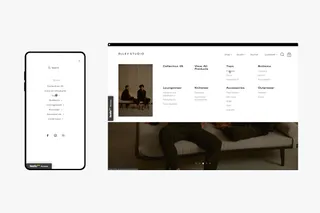
Riley Studio by MadeByShape
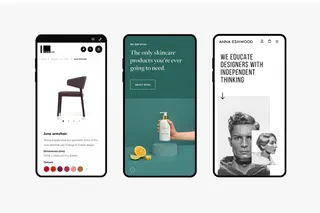
Inside Out Contracts, Mysa Skincare & Anna Eshwood by MadeByShape
Customers want an online experience that is simple and user-friendly no matter where they are or what device they are using. So ask yourself, how important is it for your site to become mobile friendly? The answer is very! Smartphones have been a paradigm shift for the mobile phone world. A vast majority of the world now uses a smartphone. Usage will continue to increase and technology will only expand the user experience further. Having a fully functioning mobile site is a requirement for any business now. If you stay up to date and treat your mobile site as you would your desktop site, you will be rewarded with revenue and business return.
I'm Jo, a Web Developer at Shape - I love baking, gardening and I am obsessed with Bull Terriers.